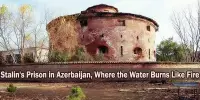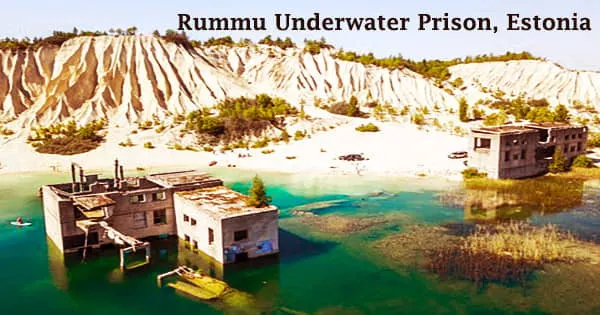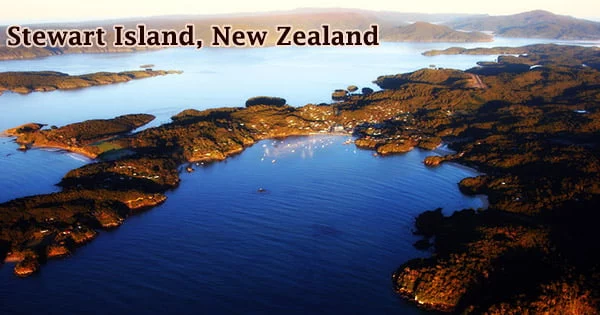Buenos Aires, the capital of Argentina is a fairly priced and surprisingly good value vacation, despite its reputation as the Paris of Latin America.
However, some of the top activities in Argentina’s capital are more pricey than others. They’re free! Here are seven of them:
Recoleta cemetery
Despite being the resting place of Argentinian dignitaries, housed in memorials of marble grandeur, it’s Evita Peron’s grave buried under her maiden name of Duarte that’s turned the cemetery into the No. 1 attraction in Buenos Aires.
The Duarte family tomb is conveniently located close to the entryway. But taking pictures without a wide-angle lens is nearly impossible due to the tiny opening in front that only allows for one person to pass through.
You can inquire about for the other infamous resident of Recoleta, Rufina Cambaceres, who is portrayed opening her own grave door, and pause to appreciate the monument of the sleeping boy angel that speaks to every visitor on the way there.
According to legend, Rufina was misdiagnosed as having cataleptic seizures and buried alive as a result. A few days later, when she awoke within her grave, she was heard wailing. By the time the grave diggers arrived, she had passed away permanently.
San Telmo flea market
On Sundays between 10 a.m. and 5 p.m., there’s one unmissable event in Buenos Aires the flea market at Plaza Dorrego in the barrio of San Telmo. Ever since 1970, it’s operated as the principal open-air antique market in the Argentinian capital.
During the 1980s and 1990s recessions, the city’s scions offered the family silver here at steep discounts, luring purchasers from as far away as the auction houses of Europe and North America.
Today, the overflow from the busy square has been absorbed by a neighbouring covered market, so any transactions must be haggled over in the nearby stores. These face competition from hawkers selling just about everything, including street food vendors, stalls selling organic vegetables, used book dealers, smartphone kiosks, and beer stands.
But the main reason most visitors flock to San Telmo is to watch, admire and applaud the tango demonstration dancers: young, old, but always graceful, they keep audiences spellbound.
The Casa Rosada
The Casa Rosada, the famed Pink Presidential Palace, is the focus of Buenos Aires’s central Plaza 25 de Mayo. It is called after the day the first successful South American revolution took place, which ultimately resulted in independence.
Most visitors are content to just take photos outside. But come on a Saturday or Sunday, and you can visit the building for free (you must present your passport to be admitted).
You’ll first step into the reception, housing the Gallery of Patriots, with portraits of Latin American political figures from Salvador Allende and Che Guevara to Evita Peron, a resident of the Casa Rosada herself.
To your right you’ll find the small, neat chapel of Our Lady of the Rosary and a patio commemorating the Falklands/Malvinas War. The elegant Palm Court on your left leads to the Hall of Honor, which has a wide veranda and busts of prominent locals. The presidential apartment on the first level, which is occasionally closed to the public, might be accessible to you if you’re lucky.
Reserva Ecologica
You may spend days in Buenos Aires without sight of the Rio de la Plata, the city’s raison d’etre. And yet there are 360 hectares of wetlands in town.
Possibly the world’s most valuable protected area, right in the middle of expensive real estate, the Reserva Ecologica Costanera Sur is a boon for hikers, bikers and birdwatchers. You can spend a day inside pacing its 22-kilometer circuit. Or even picnic by the Rio de la Plata.
Despite the river’s murky brownish sedimentary waters’ unappealing appearance, local families frequently visit it because to the lack of tides and the river’s shallow depth, which allows you to walk 300 meters through it without getting your knees wet.
Papal tour
Pope Francis is a big source of pride among portenos (Buenos Aires natives). It should come as no surprise that his birthplace is offering not one, but two free papal tours.
An intimate one-and-a-half walking tour of his childhood haunts in the barrio of Flores starts at the Basilica of San Jose, where 17-year-old Jorge Bergoglio allegedly had an epiphany during confession. It continues to the modest house where he was born, his kindergarten and primary school, then finishes at another house where he grew up.
A longer, three-hour bus tour starts at the Metropolitan Cathedral, where he celebrated mass when serving as the archbishop of Buenos Aires, and it takes you beyond. This tour takes in the seminary he attended in Balvanera and the Sanctuary of Mary, Untier of Knots, whose veneration he encouraged. Although the bus journey is more comfortable and you see more, you stop and disembark in only a handful of places.
La Boca
Near soccer legend Maradona’s Boca Juniors stadium, La Boca used to be the first port of Buenos Aires. Neglected in the 1980s and 1990s, it’s reinvented itself with extravagant explosions of kitsch.
Nothing is sophisticated or subtle in La Boca: brightly painted walls, caricature figurines, papier-mache shop greeters and gaudy graffiti scream in your face. Still, as a spectacle it’s a treat. La Boca’s streets are a living, breathing performance art gallery for the 21st century. No one should leave Buenos Aires without this visual assault.
Museo Nacional de Bellas Artes
Any museum you may visit for free is a plus for your trip, but it’s really uncommon to find one that offers free English tours. These are available four days a week; please double-check times and dates before visiting. The guides are knowledgeable, competent, and interesting.
Although the museum houses many works by familiar names (Modigliani, El Greco, Goya, Picasso, Rodin), its forte lies in its wealth of Argentinian art. The museum is open every day until 8:30 p.m.
















